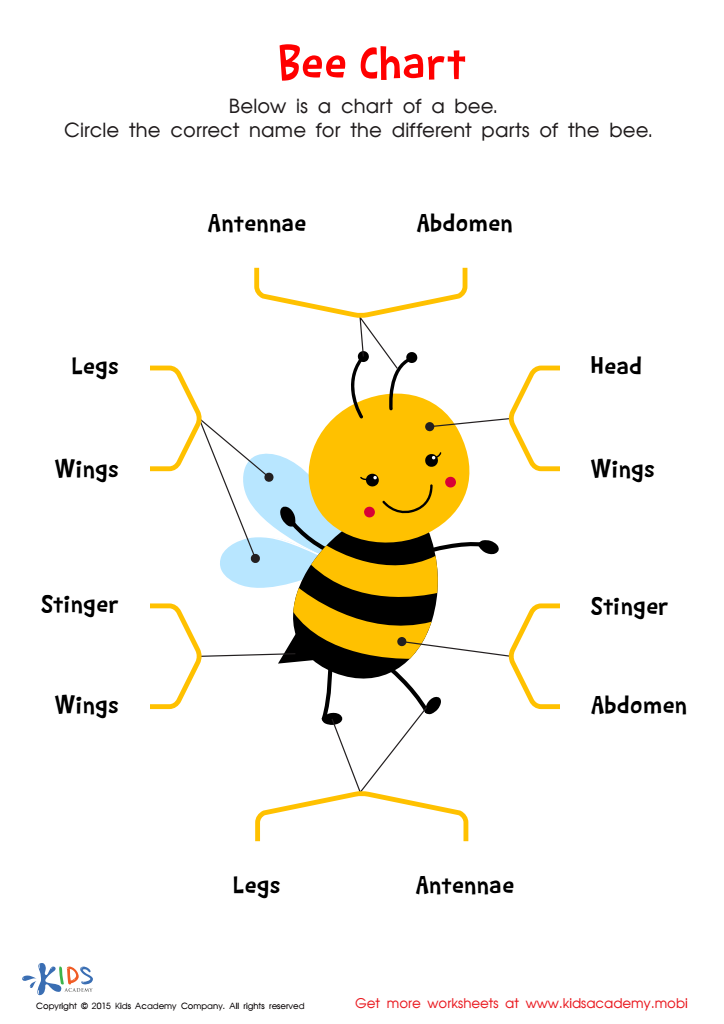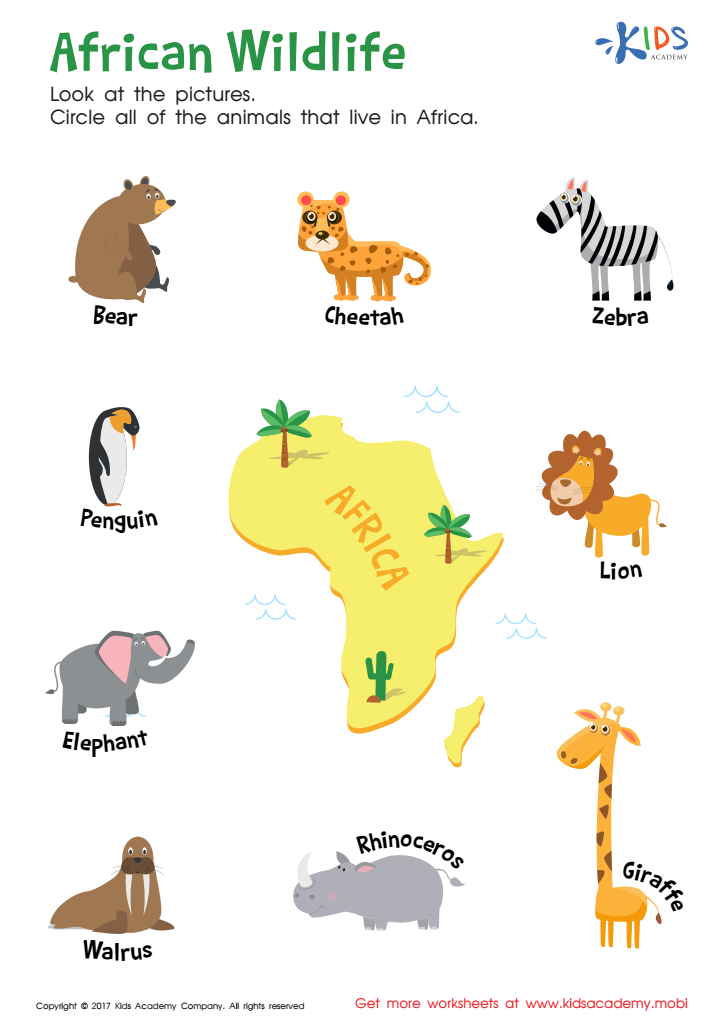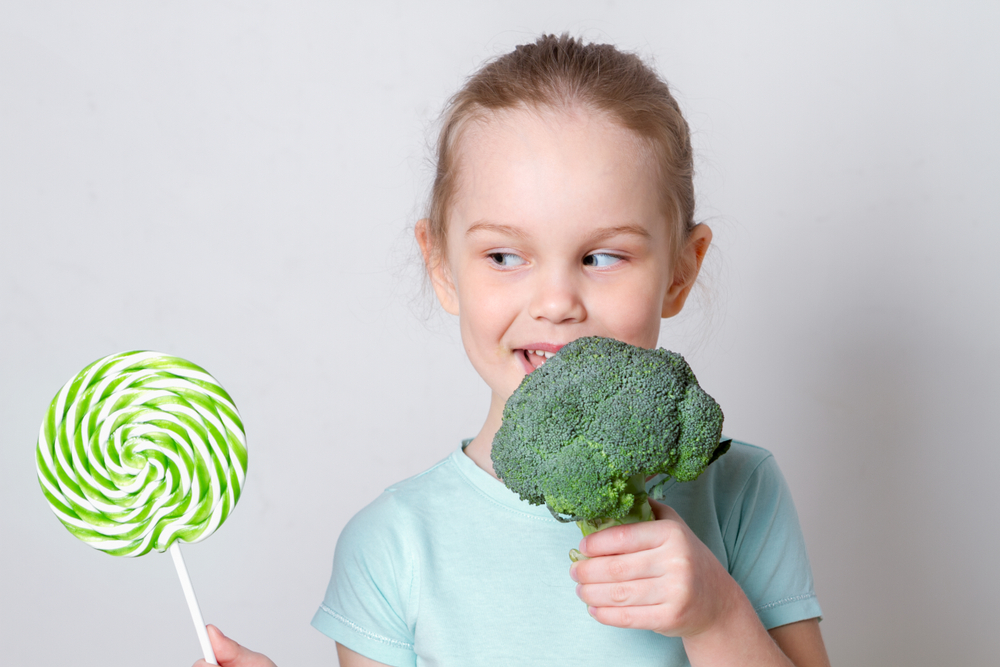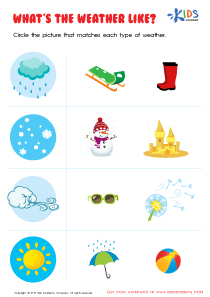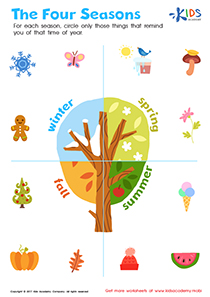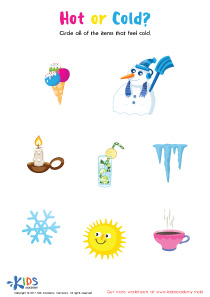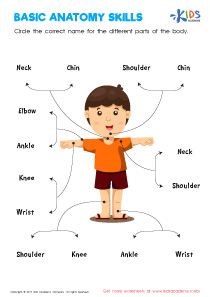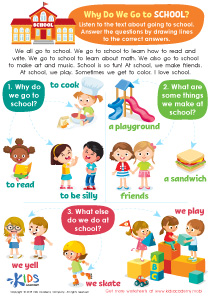Normal Plants and Animals Worksheets for Ages 4-9
12 filtered results
-
From - To
Discover our "Normal Plants and Animals Worksheets for Ages 4-9" at Kids Academy! These engaging printable resources are specifically designed to spark young learners' curiosity about the natural world. Perfect for children aged 4-9, our worksheets cover a broad range of topics from the diverse types of plants and animals to their habitats and life cycles. Packed with vivid images and interactive activities, these worksheets not only educate but also entertain, promoting hands-on learning. Ideal for both classroom and home use, they are an excellent way for kids to develop their observational skills and a love for nature. Start exploring today!
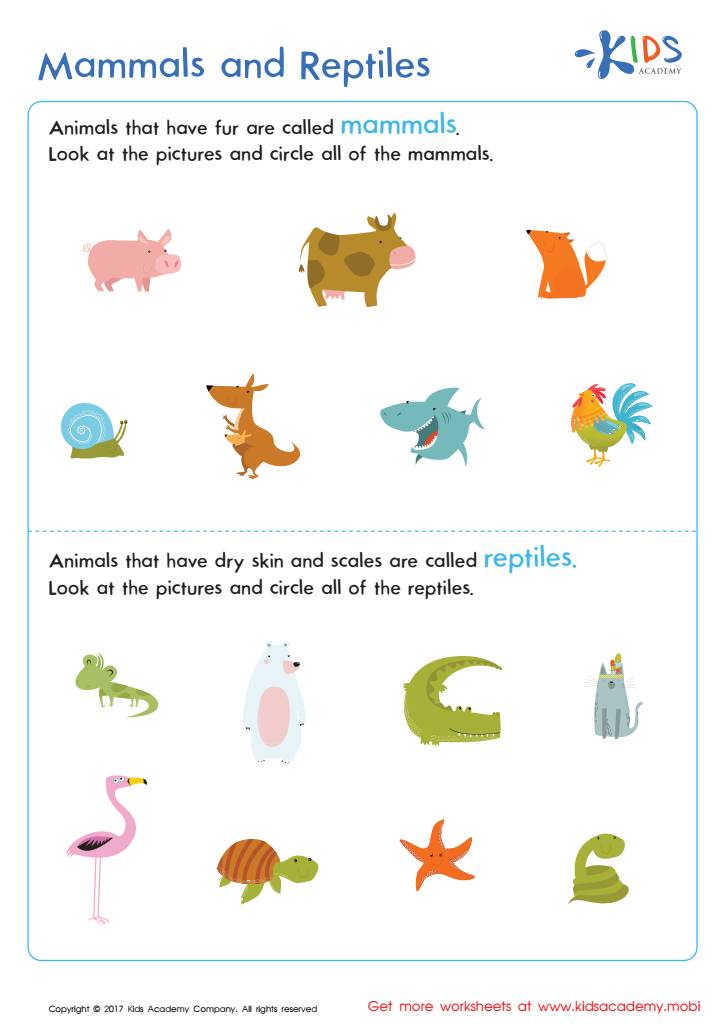

Mammals and Reptiles Worksheet
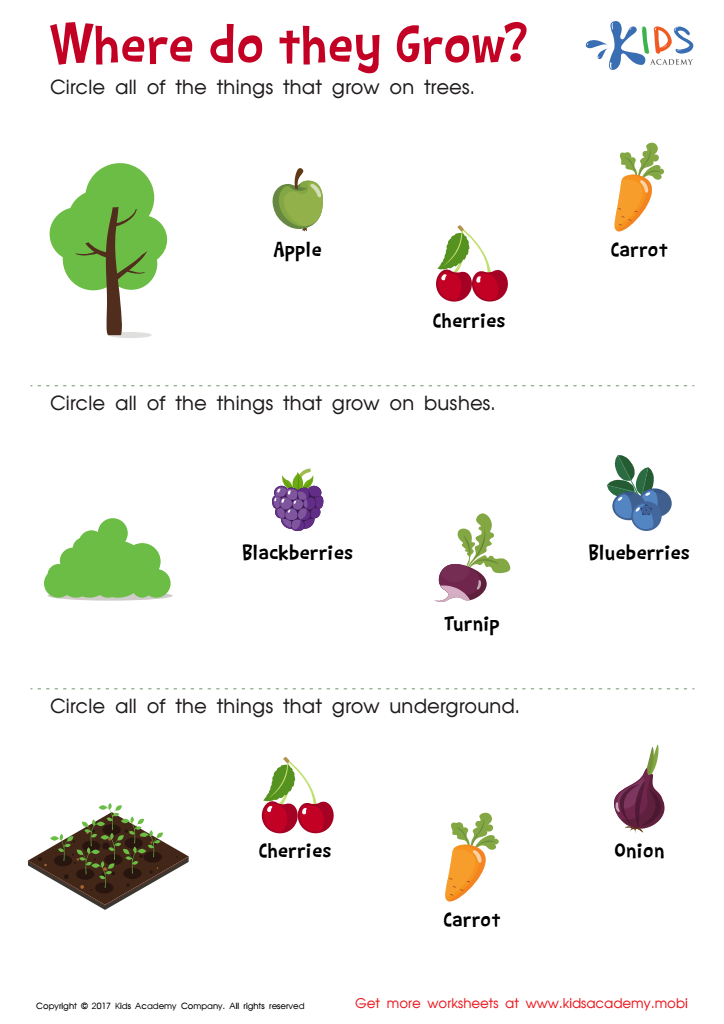

Where Do They Grow Worksheet
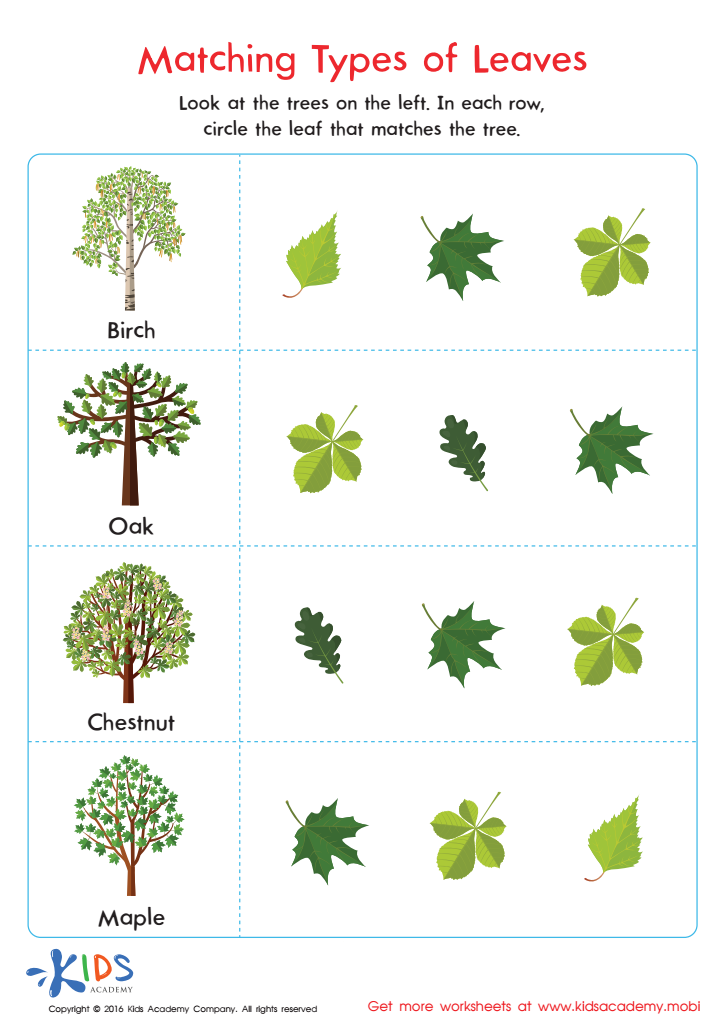

Matching Types of Leaves Printable


African Wildlife: Giraffe Worksheet
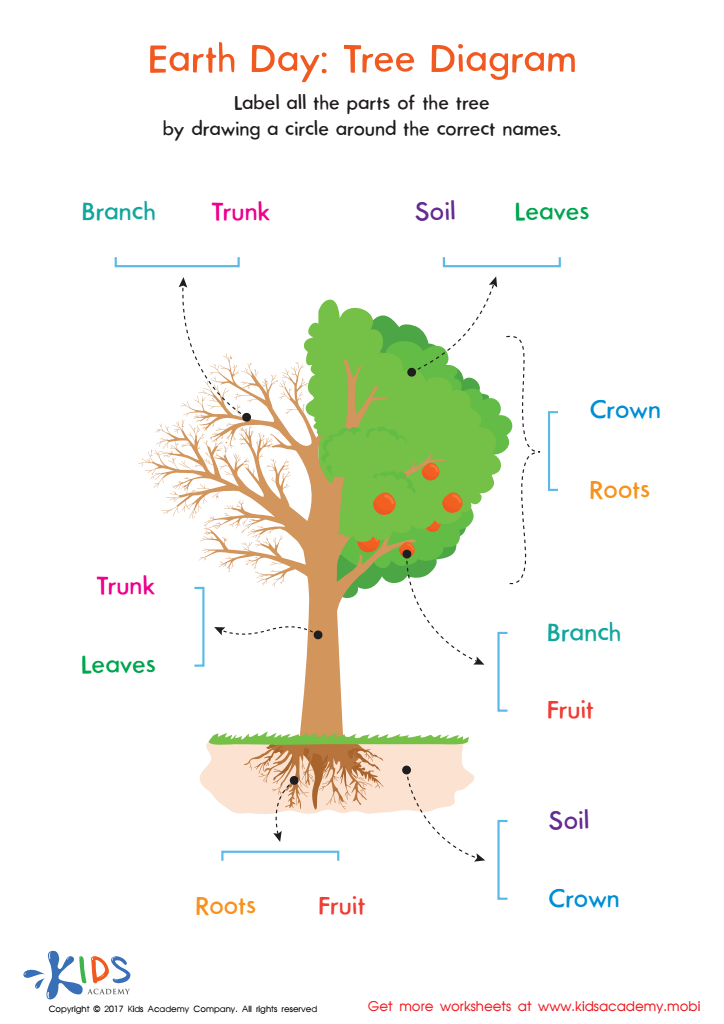

Earth Day: Tree Diagram Worksheet
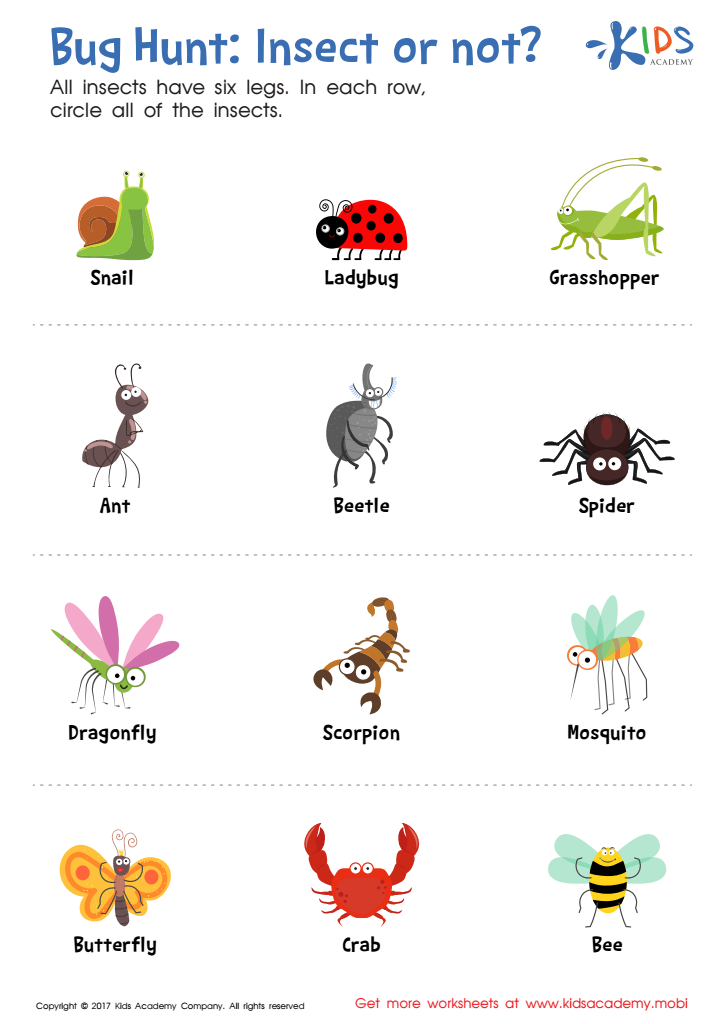

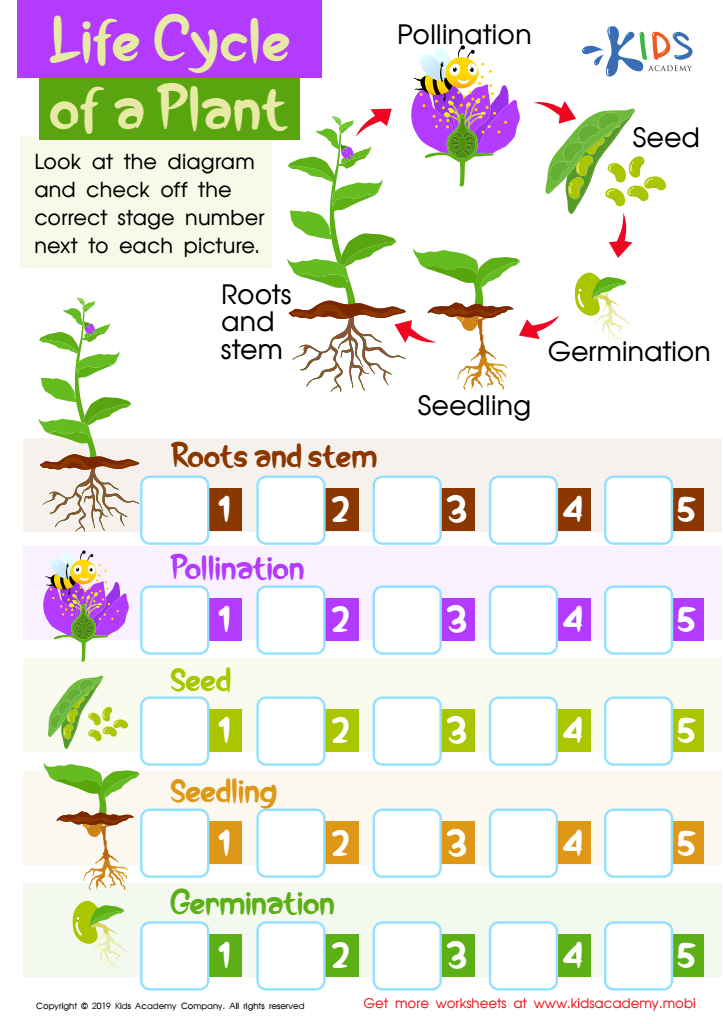

Life Cycle of a Plant Worksheet
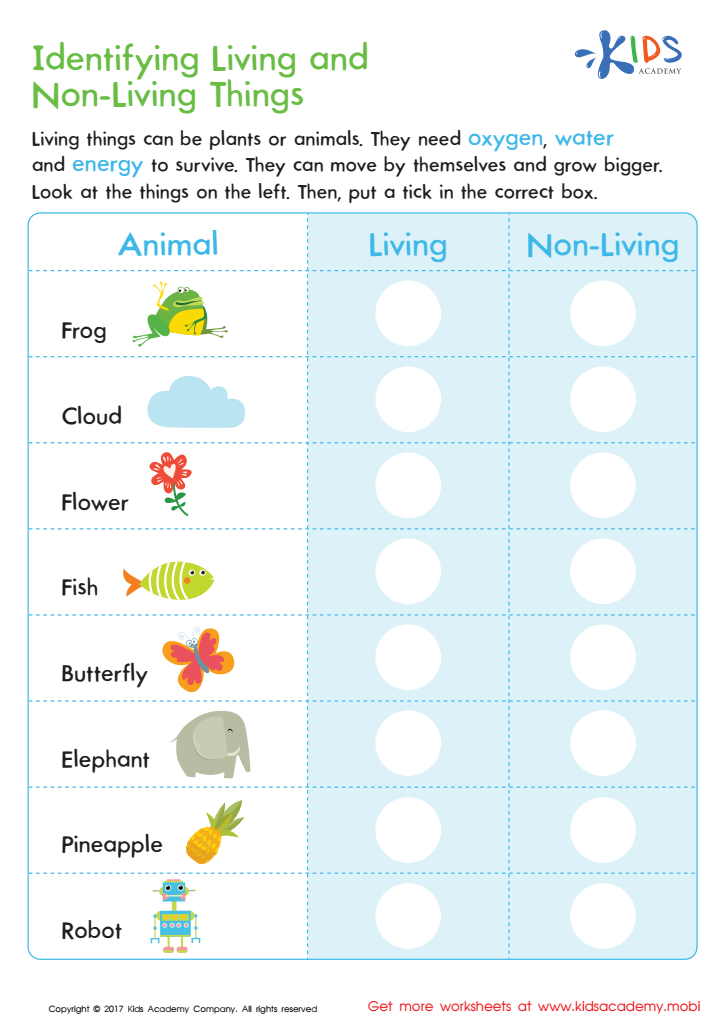

Identifying Living or Non–living Worksheet
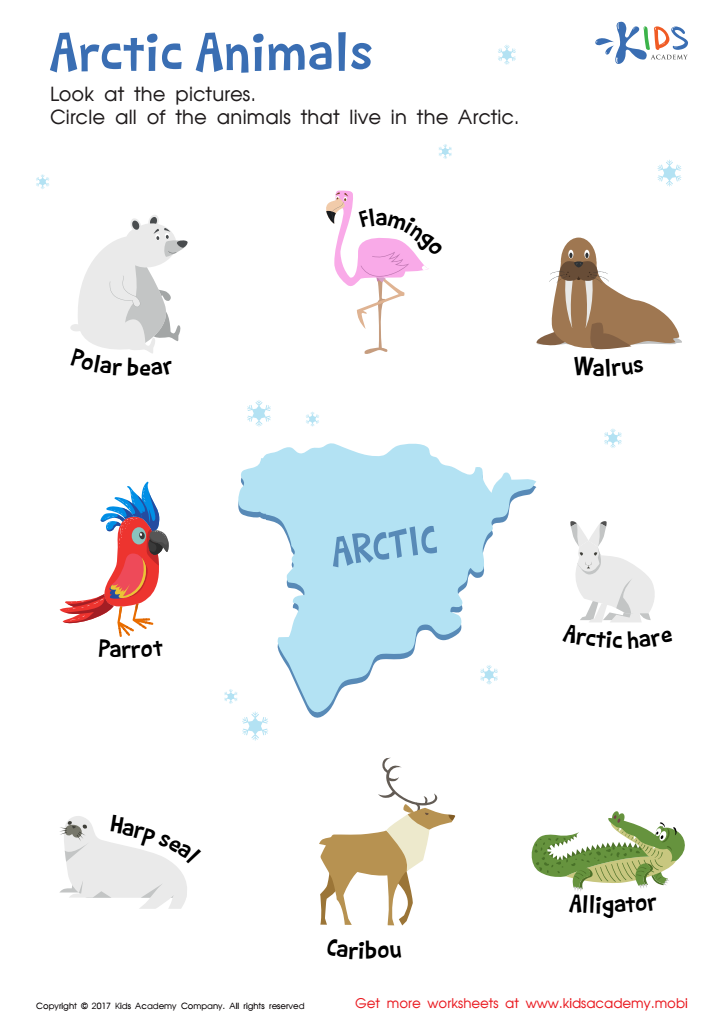

Arctic Animals Worksheet
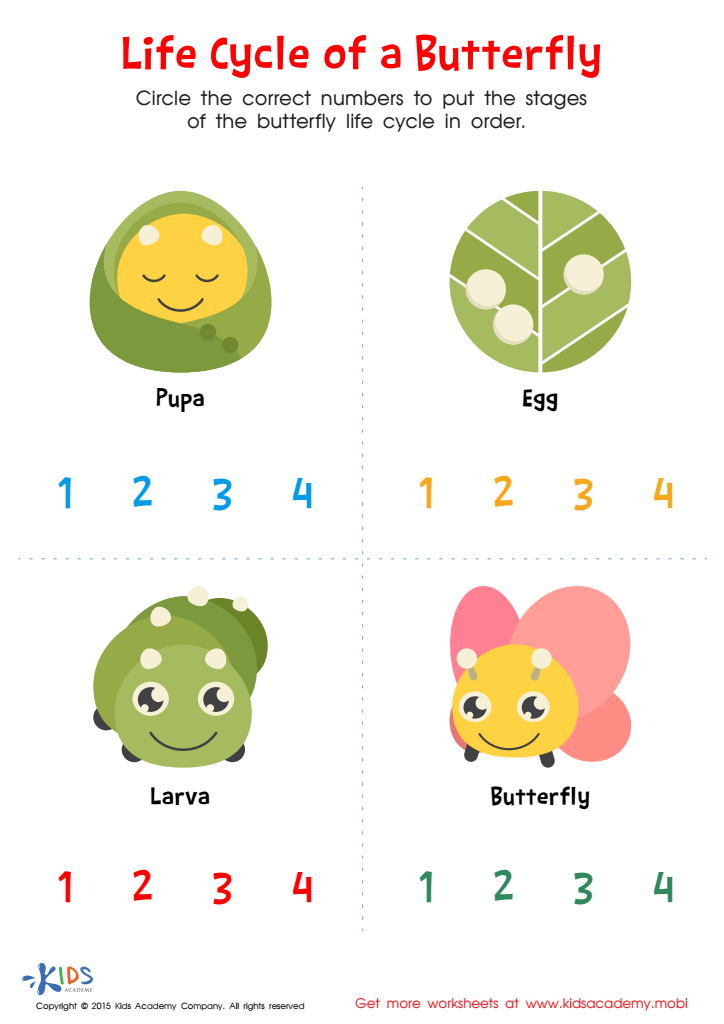

Life Cycle of Butterfly Printable
Introducing children aged 4 to 9 to normal plants and animals is crucial for their holistic development. At this formative age, understanding the natural world sparks curiosity and fosters a lifelong love for learning. Engaging with everyday plants like trees and flowers, or common animals like birds and insects, helps young children grasp basic scientific concepts, such as life cycles and habitats, in a tangible and relatable way.
This foundational knowledge nurtures a sense of empathy and environmental stewardship. When children understand that every plant and animal plays a role in the ecosystem, they are more likely to develop respect for nature and make environmentally conscious decisions.
Moreover, interacting with nature has been scientifically proven to benefit mental and emotional health. Activities like gardening or observing wildlife encourage outdoor play, enhancing physical fitness and reducing stress. They also provide opportunities for kids to practice patience, observation, and responsibility—important life skills that underpin academic success and personal growth.
For parents and teachers, fostering an appreciation for flora and fauna transcends educational benefits. It cultivates happiness, curiosity, and a sense of wonder in children, creating well-rounded individuals who value and contribute to the sustainability of the planet. All these combined make exposure to normal plants and animals an integral part of a child’s early education.play
 Assign to My Students
Assign to My Students
